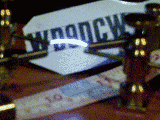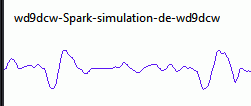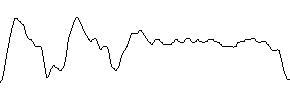 _
_ ->
wd9dcw.mp3 44KB, 0:00:14, 24kbs
->
wd9dcw.mp3 44KB, 0:00:14, 24kbs

The Continuous Wave method of wireless code transmission became more commonplace after WW1 and in the
early 1920's when Vacuum Tubes became more widely available.
The wave was then used to "Carry" the audio tones (vocal and musical), of the Broadcasters with
the Amplitude Modulation method.
-.-. --.- -.-. --.- -.-. --.- -.. . .-- -.. ----. -.. -.-. .-- -.-
Spark Telegraphy Simulation:
Stationary Gap, Adjustable:
wd9dcw-Spark-simulation-de-wd9dcw.mp3 68KB, 0:00:17, 32kbs
wd9dcw-Spark-simulation-TEST.mp3 16KB, 0:00:03, 32kbs
 hs20160806-112900
hs20160806-112900

Early Experimenters with electricity such as Amos E. Dolbear, and Henrich Hertz discovered that it might be possible to communicate with others
using code and "Wireless Apparatus" employing induction coils, condensors (capacitors), High Voltage, and
a Spark Gap.
Begining in the 1880's, it became more widespread with the publication of
Popular Electricity Magazine in 1908, and QST Magazine in December 1915. Begining about 1910, many kinds of
Rotary Spark Gaps were used to make a higher pitch tone,(hundreds of sparks per second) rather then the dull
buzzing sound of a stationary Gap. Between 1922 and '23 the migration to Continuous Wave occured, and by the late
1920's, Sparks were outlawed by the Federal Radio Commission.
The term "Radio" replaced "Wireless Aparatus" after the sinking of the Titanic, and with the Radio Act of 1912.
-.. . .-- -.. ----. -.. -.-. .--